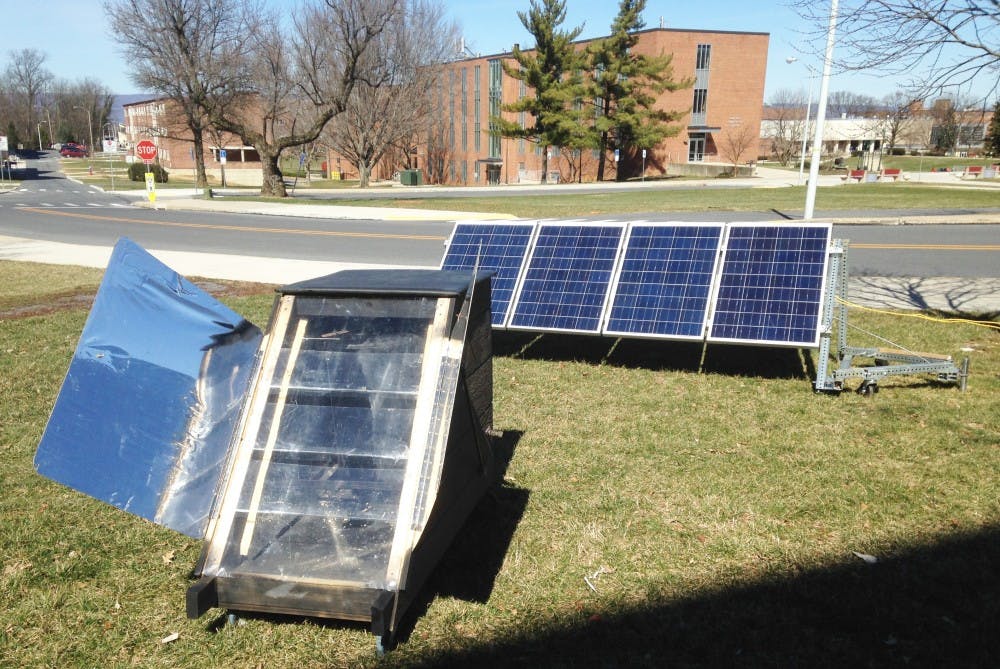We are told about reducing our carbon footprint through recycling, taking shorter showers and turning off lights, but what about using an eco-friendly kiln to create pottery?
Over the past two years, Shippensburg University’s art department worked on creating the greenest kiln possible. Leading the undergraduate research-funded project was SU art senior Harley Weigle.
Weigle and SU art professor Ben Culbertson recently presented their findings in a co-lecture at the National Council for Education in Ceramic Art Conference. This year’s conference was held in Portland, Oregon, on March 23, with nearly 5,000 participants.
“Our goal was to prove the concept so that other schools could replicate the kiln,” Weigle said.
The conference’s overall theme was “Future Flux,” and the projects focused on new directions of ceramic arts with an emphasis on sustainable solutions like biodiesel fuel.
Culbertson’s interest in biodiesel began in 2006 when a friend revealed the grimy mixture in a mason jar. Soon Culbertson was using the alternative fuel for his car and his home.
“I figured if this is the same as diesel — diesel is roughly the same as oil, so why can’t I heat my house with it?” Culbertson questioned.
With so much success, Culbertson decided to use the waste vegetable oil to ignite a kiln. The result was successful, but Culbertson was not finished yet. He wanted to make the kiln simpler, faster and more efficient.
With Weigle’s help, Culbertson created the very first off-grid kiln that uses biofuel, rather than propane or other energy sources. The kiln was capable of cutting fuel consumption from 22 gallons per firing to 12.
“We use the waste that they reject and turn it into fuel,” Culbertson said. “The carbon we use is the carbon the plants use when they grow.”
The “Veggie Kiln” also uses solar panels located behind Huber Art Center to power the burners up to 2350 degrees Fahrenheit. Much of the biodiesel used for the “Veggie Kiln” comes from fried foods at Kriner and Reisner Dining Halls.
After a firing in the “Veggie Kiln,” a piece of ceramics appears glistening and free of an enormous carbon footprint, and something of which one can be proud. Weigle and Culbertson were approached after their lecture to consult and build similar kilns for other campuses.
Weigle and Culbertson will be giving tours of the “Veggie Kiln” during Earth Week next week.




The Slate welcomes thoughtful discussion on all of our stories, but please keep comments civil and on-topic. Read our full guidelines here.